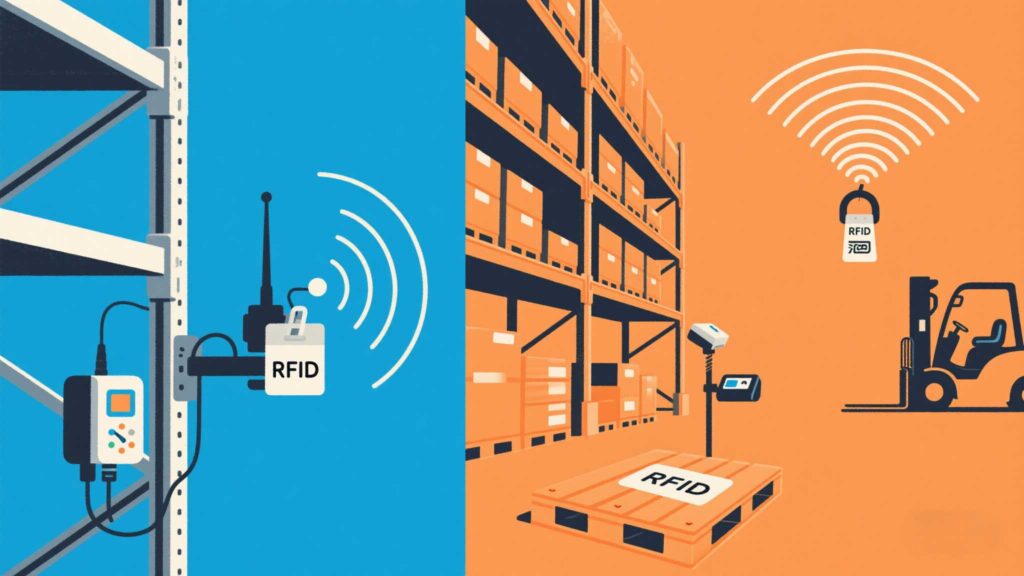Energy-Efficient RFID Antennas: Slash IoT Network Power Costs Without Sacrificing Range
261Discover how energy-efficient RFID antennas reduce IoT power consumption by 40–60%. Extend battery life, cut costs, and meet sustainability goals.
MoreAll RFID Product
Extending your RFID reader’s scanning range is critical for industries like logistics, warehousing, and retail, where fast, accurate data capture drives productivity. While many assume hardware upgrades are the only solution, optimizing your existing setup can significantly boost range and efficiency. Below, we break down seven proven methods to maximize RFID read distances without costly replacements.

RFID readers rely on antennas to transmit and receive signals. Elevating the antenna 6–10 feet above ground level minimizes obstructions, while tilting it at a 15–30° angle toward the target zone ensures optimal signal coverage. For example, Cykeo’s directional antennas focus energy into a narrow beam, doubling read ranges in cluttered environments.
Standard antennas (6–8 dBi) work for short-range tasks, but high-gain antennas (10–12 dBi) concentrate signals farther. Pair them with circular polarization to handle tag orientation shifts, ideal for pallet tracking in warehouses.
Wi-Fi routers, metal surfaces, and machinery emit RFI that disrupts RFID signals. Mitigate this by:
Most UHF RFID readers allow transmit power adjustments (1–4W). Increasing power amplifies signal strength but risks interference. Test increments of 0.5W until you hit the “sweet spot” for your environment.
Tags with impinj Monza® or Higgs® chips enhance sensitivity, enabling reads at 40+ feet. For metal surfaces, use on-metal tags with foam spacers to prevent signal absorption.
RFID middleware like Cykeo’s RangeBoost Pro eliminates duplicate reads and filters out weak signals, improving accuracy for long-range applications.
Signal attenuation varies with layout changes. Use a handheld RFID reader to map “dead zones” and adjust antenna positions quarterly.
Cykeo’s industrial-grade readers feature adaptive power control and anti-interference algorithms tested in harsh environments, from freezer warehouses to construction sites. Their software-hardware integration ensures reliable reads at up to 50 feet.
Discover how energy-efficient RFID antennas reduce IoT power consumption by 40–60%. Extend battery life, cut costs, and meet sustainability goals.
MoreExplore RFID gates for library use—how they evolved from theft prevention to management tools, balancing safety with a welcoming atmosphere.
MoreThis article provides a comprehensive overview of wireless RFID scanners, including how they work, their key features, common applications, and buying considerations, helping businesses achieve efficient asset tracking and intelligent data collect...
MoreDiscover cost-effective RFID modules tailored for small businesses. Learn how to streamline inventory management without breaking the budget.
More